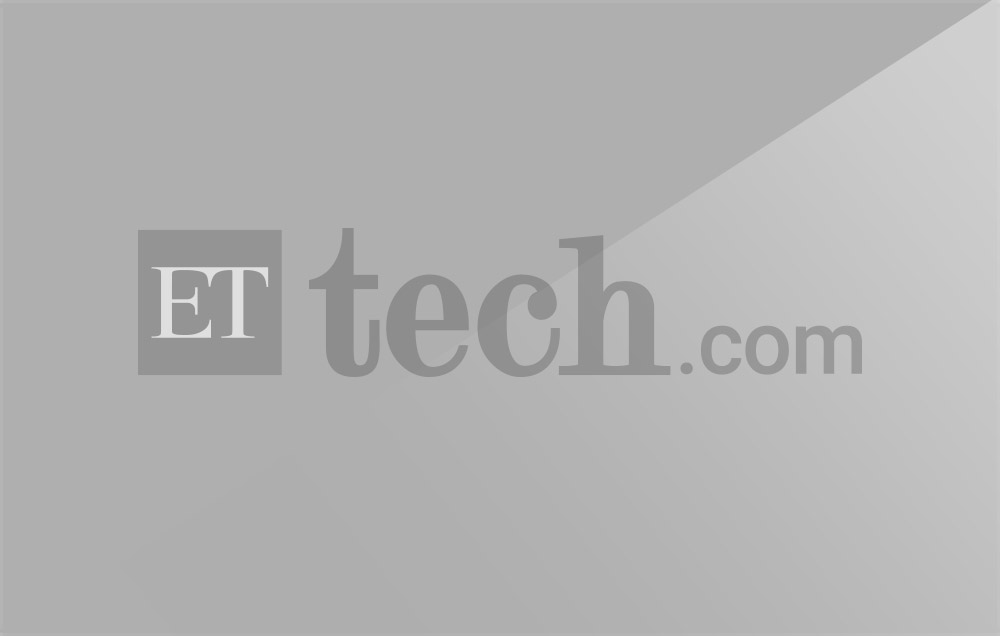 Digital campaigning for Delhi’s election scheduled on February 8 is a battle between the two most proficient political messengers on social media — BJP and AAP.
Digital campaigning for Delhi’s election scheduled on February 8 is a battle between the two most proficient political messengers on social media — BJP and AAP.
A portacabin inside Delhi chief minister Arvind Kejriwal’s official Civil Lines residence is Aam Aadmi Party’s (AAP) digital headquarters. The messaging this time, says AAP’s social media head Ankit Lal, is “vote on the work our government has done in Delhi”. But he concedes that AAP’s digital job has become more challenging over the past few days with Bharatiya Janata Party (BJP) messaging around Shaheen Bagh emerging as a talking point. “Whenever BJP tries to influence the discourse with Shaheen Bagh, we try to bring it back to the work we have done,” Lal says.
AAP began with “consent-based” volunteer on-boarding on WhatsApp months ago. Any interested volunteer had to provide his WhatsApp number in a specific booth before attending the meeting often addressed by Kejriwal himself. The party chose 3,000 from 100,000 volunteers, Lal says.
AAP is also a heavy spender on Facebook — Rs 42 lakh over the past 90 days and Prashant Kishor-led Indian Political Action Committee has spent over Rs 16 lakh as part of its Lage Raho Kejriwal campaign. This excludes ad spends by candidates.
The Toughest Job
Delhi has about 15 million users on Facebook. The party’s Facebook campaign is trying to microtarget, by languages and regional identities. AAP leaders are active on Twitter, its campaigners say, and there have been plenty of memes and videos for the campaign.
BJP’s digital campaign, like its on-field drive, revolves around Prime Minister Narendra Modi. “Dil mein Modi aur Dilli mein Modi” (Modi in your heart and Modi in Delhi) is BJP’s big digital theme, aimed at, say campaigners who voted for the party in Lok Sabha elections but may go for AAP in the assembly polls.
Campaign creator and BJP social media activist Vikas Pandey says Modi-messaging can “overcome any narrative”. Pandey, however, says social media platforms’ guidelines hurt BJP. “On Facebook, the moment we put out anything in support of CAA or NRC, it gets blocked because of its community standards guidelines.”
BJP’s social media campaigning, however, isn’t as high-energy as it was during general elections. A party leader who spoke on the condition of anonymity said BJP’s Delhi messaging is outsourced to independent volunteers and the content creation ecosystem built up during 2019 elections has been scaled down. The party mainly relies on WhatsApp. And most of its campaign is around Shaheen Bagh and CAA-NRC.
There are other BJP efforts at messaging — Paltu Aadmi Party, Main Hoon Dilli, and AAP ke PAAP are three prominent campaigns. Those following Delhi’s digital campaign battle say even these themes have caught on somewhat more post-Shaheen Bagh.
Congress? It has the toughest job and the party is relying on Delhiites’ memory. “Our focus is Sheila Dikshit’s terms as chief minister. Our slogan is Vaade Nibhaye The, Vaade Nibhayenge (We have always fulfilled our promises, we will fulfil our promises),” says Saral Patel, national convenor of the Congress’ social media cell. Patel says the response “has been good”. Congress claims to have around 15,000 WhatsApp groups across Delhi. And a “Quick Response Team”, which is tasked with “keeping a check on what is spreading on social media to see how best we can counter it”.
Surprisingly perhaps, in Facebook spend, Congress has beaten BJP in Delhi. The official page of the Delhi Congress unit spent Rs 16.2 lakh over the past 30 days. BJP’s Delhi unit has spent Rs 5.6 lakh over the same period.
Leave a Reply